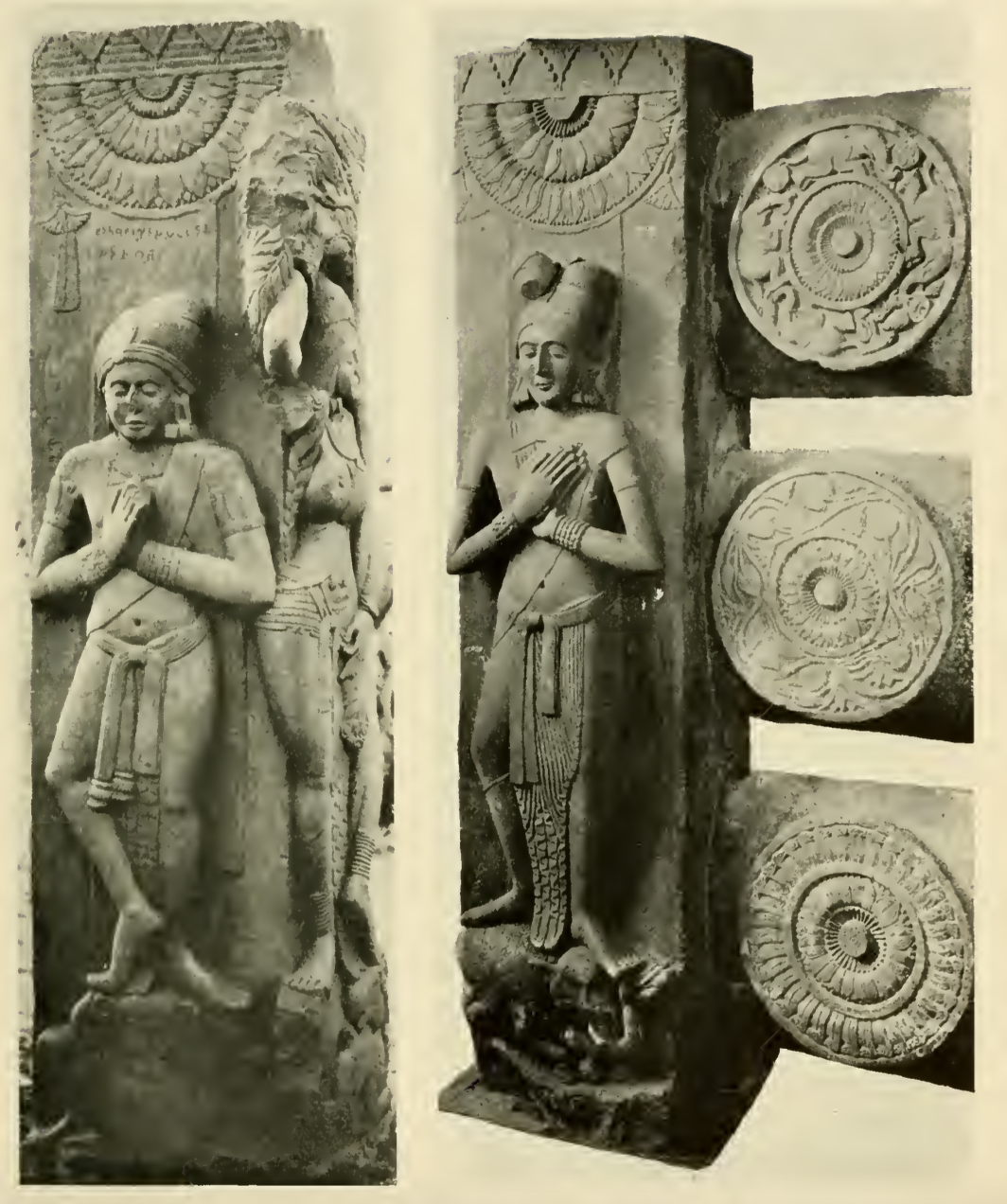Welcome to our monthly newsletter, dear reader,
Our first new library selection is a key reference article by Ananda K. Coomaraswamy on the yakshas, the tutelary deities or patron-saints of nature in Hindu, Buddhist and Jain lore.
If some elements of ancient Hindu cult, perhaps of millennial antiquity, are still preserved in the Christian office, this is no more than evidence of the broad unity that underlies religious tendencies and acts everywhere and always; pagan survivals in all current faiths are signs of fulfillment, rather than of failure.
Yakshas from Bharhut
• Next we present a study on “Understanding Other Religions”, comparing the views of al-Biruni (11th century) with H.G. Gadamer’s concept of “fusion of horizons” (Horizontverschmelzung).
Al-Biruni likens the custom of idol worshiping among Hindus to the old Hellenistic belief that the images or representations of divine beings have no magical power. Since the ancient Greeks “considered the idols as mediators between themselves and the First Cause, and worshipped them under the names of different stars and the highest substances.” In other words, people do not worship these images as deities; they rather function only as reminders for the non-philosophical pious man and woman of the existence of the divine.
• And we conclude with the introduction to an important volume on the study of language not as a conventional human construct, but as an inhaerent blueprint for reality, The Poetics of Grammar and the Metaphysics of Sound and Sign.
In culture after culture, grammar turns out to be dependably linked with creation and restoration. Knowledge of grammar allows access to the workings of reality, which the skilled grammarian is capable of using efectively—to bless or to curse, to kill or to heal, to make present or to transform. In this sense, grammar transcends the merely descriptive or referential analysis of linguistic systems… The world itself is grammar-ed, though not necessarily in transparent ways.




